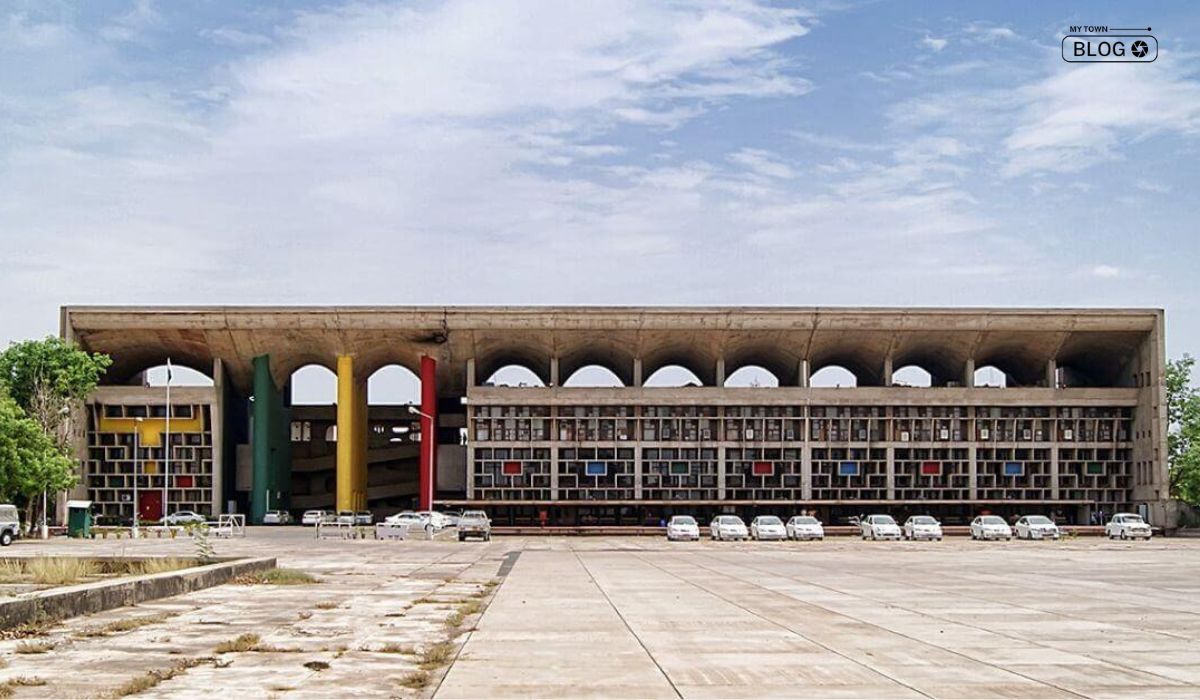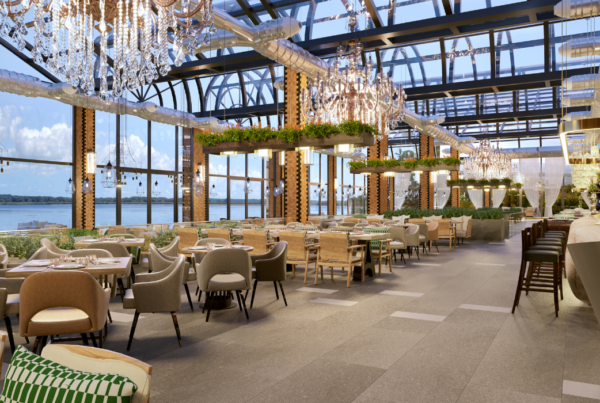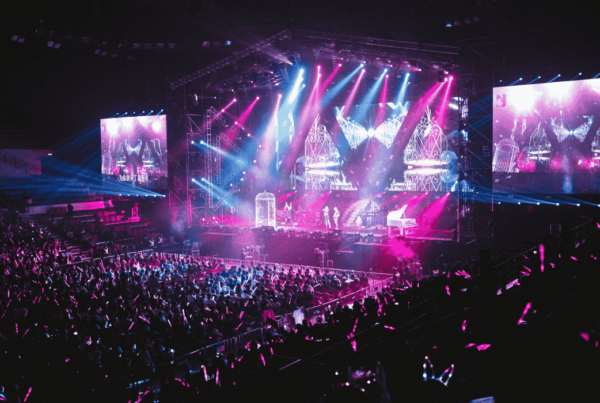The Lahore High Court, now known as the Punjab and Haryana High Court Chandigarh, originated on March 21, 1919. Initially, its jurisdiction spanned undivided Punjab and Delhi. From 1920 to 1943, it held extraterritorial jurisdiction over part of China within the British consular district of Kashgar. This area was formerly under the British Supreme Court for China. However, the British-Chinese Treaty concluded the extraterritorial rights, marking a significant transition for the Punjab and Haryana High Court Chandigarh.
Split caused by independence.
Following India’s independence and the Partition on August 15, 1947. The Governor General’s High Courts (Punjab) Order, 1947, established a distinct High Court of East Punjab under Section 9 of the Indian Independence Act, 1947. The court, located in the historic Peterhoff building in Shimla, had jurisdiction over the territories included in the former.Province of East Punjab and the then Province of Delhi. Its jurisdiction extended to the former territories of Patiala and East Punjab States Union. And the East Punjab Province, which now encompass regions in Indian Punjab, Delhi, Himachal Pradesh, and Haryana. Notably, the Peterhoff building hosted the trial of Nathuram Godse, the assassin of Mahatma Gandhi, in 1948–49.
Upon the enactment of the Constitution of India on January 26, 1950, the State of East Punjab was renamed Punjab. Leading to a corresponding change in the High Court’s designation to the High Court of Punjab. Simultaneously, Patiala and East Punjab States Union (PEPSU), formed by amalgamating eight princely states on July 15, 1948.
The government reclassified it as a Part ‘B’ State and established a distinct High Court of Patiala and East Punjab States Union (PEPSU). According to Article 214(2) of the Constitution of India, the High Court was to continue alongside other High Courts.
As of January 17, 1955, the Court relocated to its current premises in Chandigarh.
Through the States Reorganisation Act of 1956, Patiala and East Punjab States Union (PEPSU) were amalgamated into the State of Punjab on November 1, 1956. The Judges of the High Court of Patiala and East Punjab States Union (PEPSU) transitioned to become Judges of the Punjab High Court. Consequently, the original strength of the High Court of Punjab, initially comprising 8 Judges, increased to 13.
Change of name and limitation of Authority:
The Punjab Reorganisation Act of 1966 led to the creation of Haryana. And the Union Territory of Chandigarh on November 1, 1966. This also resulted in changing the name of the High Court from the High Court of Punjab to the High Court of Punjab and Haryana. The judges from the High Court of Punjab became judges of this new combined High Court. Possessing all the powers and jurisdiction of the original High Court of Punjab. Despite this, the primary location of the High Court remained in Chandigarh. The High Court of Punjab and Haryana, situated in Chandigarh. Has authority over legal matters in Chandigarh (a Union Territory and the capital of Punjab and Haryana), Punjab, and Haryana. This setup has been in operation since November 1, 1966.
Since 1952, a Circuit Bench of the High Court of Punjab has been operating in Delhi. However, this arrangement was replaced by establishing a distinct High Court for the Union Territory of Delhi on October 31, 1966. According to the Delhi High Court Act, 1966. As part of this transition, three Judges from the Punjab High Court were transferred to the newly formed Delhi High Court, including the renowned Judge Hans Raj Khanna.
As of November 1, 1966, certain areas in the State of Punjab, including Shimla, Kangra, Kullu, Lahaul and Spiti. Districts; Nalagarh tehsil of Ambala District; Lohara, Amb and Una kanungo circles. Some parts of Santokhgarh kanungo circle; and specific areas in Una tehsil of Hoshiarpur District. Along with portions of Dhar Kalan Kanungo circle in Pathankot tehsil of Gurdaspur District, were incorporated into Himachal Pradesh. This change, in accordance with Section 5 of the Punjab Reorganisation Act, 1966. Resulted in a reduction of the jurisdiction of the High Court.
The architectural design of the high court building in Chandigarh:
The task of constructing the high court Chandigarh was assigned to Le Corbusier, a renowned French architect. India’s inaugural Prime Minister, Jawaharlal Nehru, showed keen enthusiasm for the project and closely monitored its progress. During his visit to the project on April 2, 1952, he expressed, “Let this become a new town representing the freedom of India, breaking away from past traditions, and reflecting the nation’s confidence in the future.”
Nestled amidst the breathtaking Himalayas, this High Court Chandigarh in India stands as a testament to architectural beauty and functional elegance. Boasting 40 expansive courtrooms, 3 well-appointed Bar rooms, a Judges’ library equipped with a rich collection, a convenient dispensary, and an excellent canteen, it exemplifies both opulence and practicality. Beyond the city limits, its idyllic location next to the Assembly Hall and Sukhna Lake enhances its charm, creating a serene ambiance in the lap of nature.
In front of Court Room No.1, you’ll find a symbol called the ‘Balance,’ positioned with one side facing up. This emblem holds special significance as it represents the official emblem of the High Court. The renowned architect Le-Corbusier designed this emblem. Describing his creation, Le-Corbusier explained that it’s not a typical balance with two equal weights. Instead, it symbolizes a complex balance, considering factors like the length of the lever arms and the various weights they support.
Digitization:
The Punjab and Haryana High Court is a pioneer in digitalizing its entire repository of decisions and ongoing cases. This digitized record has opened doors to various innovative applications. Bringing about significant advancements in the way legal information is managed and accessed.
Virtual private network
The esteemed judges of the high court chandigarh have established a VPN connection, enabling them to access the Document Management System (DMS) and retrieve scanned paper books.This access is available both from their camp offices and any other location.
e- diary
The e-diary feature allows account holders to oversee and manage their case portfolio, providing a platform to view the cases they have filed or represented. Through e-diary, individuals can access real-time case status updates, including interim and final orders/judgments. Identified cases from various departments, such as the Income Tax Department, Insurance companies, Union of India. And Advocates General of Punjab and Haryana, are automatically populated in their respective online e-diary accounts.
Additionally, state governments are in the process of developing a Court Cases Monitoring System (CCMS). Through CCMS, they aim to monitor and track the status of pending cases in the Supreme Court of India.
e- filing
The web-based e-filing module is operational around the clock, allowing the filing of cases 24/7. E-filed cases facilitate the prompt issuance of copies of orders and summons. Marking a significant stride towards a paperless court system. Filing cases online has been mandated as a compulsory requirement.
Personal information system
The organization has developed specialized software that includes the personal profiles and service records of judicial officers. Access to relevant information is provided at various hierarchical levels, including Administrative Judges, Registrar General, Registrar Vigilance, District Judges, and the respective officers.
Updating case information post the final decision
The website of the high court provides access to decided cases. In numerous instances, reviewing, modifying, or challenging the final order occurs through filing an appeal in court. The website displays the current status following the ultimate resolution of the matter. When obtaining a printout of the final order from the website, individuals can see the updated information. It includes a message indicating the up-to-date status of the case.
Also read: Punjab High Court Notifies On Challenge To New Pilgrimage Scheme
FAQ’s
What is the history of the Punjab and Haryana High Court?
The High Court was initially known as the Lahore High Court, established on March 21, 1919. Its jurisdiction covered undivided Punjab and Delhi. Over the years, it underwent changes, including the creation of a separate High Court for East Punjab. And later the formation of the Punjab and Haryana High Court after the reorganization of states in 1966.
How did the jurisdiction change over time?
The High Court’s jurisdiction evolved from covering undivided Punjab and Delhi to including areas like Himachal Pradesh, Haryana, and Chandigarh. The enactment of the Constitution of India in 1950 and subsequent reorganization acts played a significant role in shaping its jurisdiction.
What role did Le Corbusier play in the construction of the High Court building in Chandigarh?
Le Corbusier, a renowned French architect, was tasked with constructing the high court building in Chandigarh. His design reflected the vision of India’s first Prime Minister, Jawaharlal Nehru. Who envisioned a new town symbolizing India’s freedom and confidence in the future.
How did the High Court adapt to changes in state boundaries?
The High Court, evolving from Punjab High Court, adapted to jurisdiction changes post-state reorganization. Renamed Punjab and Haryana High Court Chandigarh in 1966, aligning with the creation of Haryana and Union Territory of Chandigarh.
What technological advancements have been implemented in the High Court’s operations?
The High Court has embraced technology with features like the e-diary, e-filing module, and a personal information system. These initiatives aim to streamline case management, provide real-time updates, and contribute to a more efficient and paperless court system.
How is case information updated post the final decision?
Decided cases are accessible on the high court’s website. The final order, if reviewed, modified, or challenged, undergoes updates on the website. Users, including judges and litigants, can obtain a printout of the final order from the website, including a message indicating the up-to-date status of the case.








